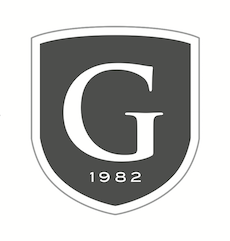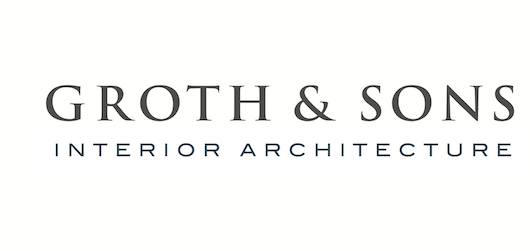Lighting methods
In order to produce great lighting schemes it is important to have an understanding of the balance between light and shade, and if used skilfully, can really articulate a design scheme, adding those ultimate, invisible flourishes, on the other hand, get it wrong and all that effort in your interior arrangement can be diminished. A good lay out is seldom achieved with a single light source; invariably a variety of lighting techniques must be employed to achieve a range of moods and effects. Lighting should be subtle; a good scheme is not overly obvious whereas a bad lighting scheme is quite evident. Layers of different lighting offer flexibility and can add that element of drama, allowing for different function within a space, a well-lit room looks warm and welcoming.
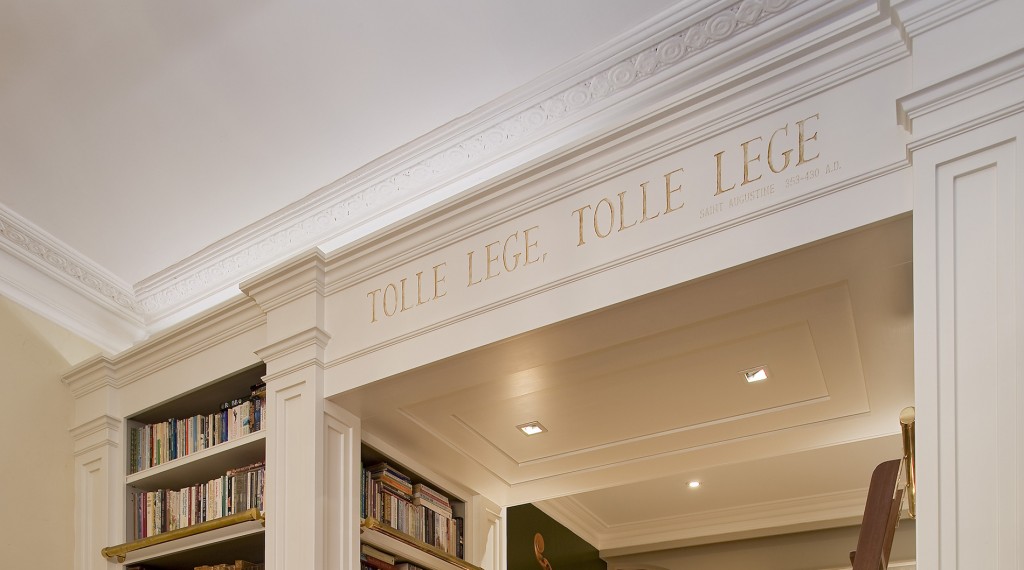
Lighting checklist
For your next interior design lighting project to be successful you need to ask yourself the following:
- Amount of current daylight?
- What activities need to be carried out in the space?
- How many people will use the space?
- When will the space get the most use, at what time of day?
- Do you have sufficient access to retro-fit additional lighting; is your current ceiling a cement slab? Do you have sub-floor access? Do you need to chase into masonry walls?
- Is your current wiring capable of adding more circuits and is it in good order?
- Is colour rendering a concern?
- Light level requirements for a specific task?
Tools for a great lighting design scheme
Downlighting: Unlike a normal light globe which radiates light in all directions, down lights direct and concentrate light, they also come in a variety of beam angles to give a more flexible spread of light. They can be recessed, semi-recessed or surface mounted, with tungsten halogen or LED lamps. A surface mounted down light with a wide beam angle will give an indirect direct light whereas the recessed option with a very narrow.
Uplighting: The main objective with uplighting is to direct light up to the ceiling to create a diffused general light; this technique will enhance the feeling of height within a space. This can be accomplished with wall mounted feature lights, freestanding floor lamps or recessed floor fittings. Floor mounts with narrow beams create attractive shafts of light which become a design feature but be careful as to the layout. Uplighting can be used in front of an object to illuminate the surface; conversely, if used as Back lighting dramatic silhouettes to an object can be achieved.
Feature lighting: or decorative lighting is treated as a design element. An example would be a theatrical wrought iron candelabra or a decorative sculptured lamp which is not relied upon for its light output, but rather for its aesthetic qualities. When using decorative chandeliers it is absolutely necessary to get the scale right.
Wall washing: Low voltage down lights with frosted lenses give a very gentle wash to walls and detailed joinery. If concealed architectural tube lighting is used it works a bit differently to down lights and spots. They have an even spread and emphasise the vertical surface which is very atmospheric and can enlarge the perceived width of a room. The brighter the wall the more reflected light, dark walls will absorb the light but will add a theatrical element to your scheme.
Colour: Lamps give out different effects dependant on their colour temperature, a tungsten light source emits a gentle yellow glow which is warm and inviting in the evenings whereas the crisp whiteness of halogen is more compatible with dark areas which need to be illuminated in the daytime due to its daylight similarities, but in the evening will appear too cool. Bear in mind that when halogen is lowered right down by a dimmer it produces a much warmer glow. The reflectors within a fitting also have an effect on colour temperature, as can the lining of shades, gold producing the warmer tones as opposed to the crisper qualities of a silver option. Florescent options can come in either warm or cool tones and all these sources can be combined in the one scheme as long as they are separate and controllable.
Lighting categories
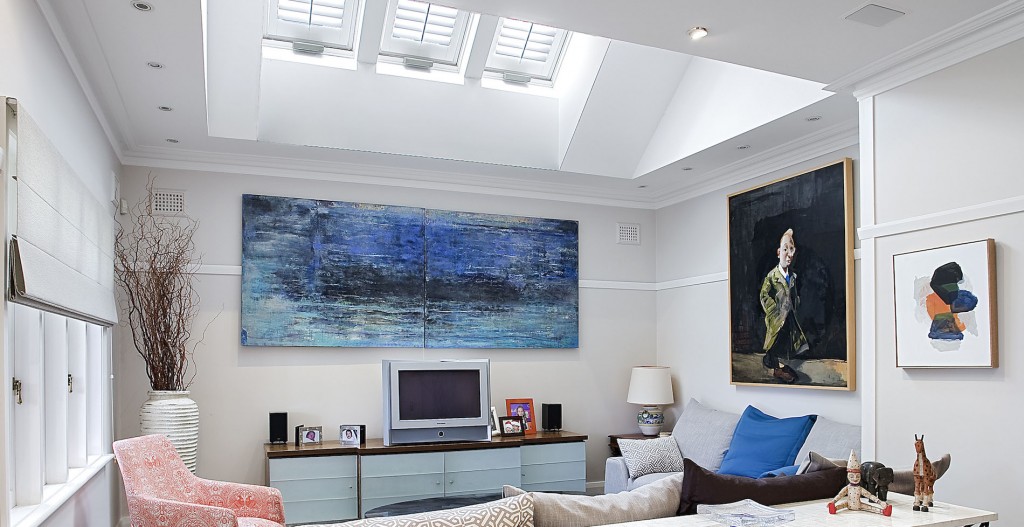
Natural Light: frequently and regrettably ignored. Walls and rooves can be punctured with apertures to allow unexpected shafts of light to pierce the building. A cloudy sky is three times brighter when directly overhead than when it is on the low in the sky, while with a clear blue sky the reverse is true. This means that skylights are more effective than vertical windows. This is a particularly useful on a new build with a block that is landlocked. Be careful though as they can also be a source of uncomfortable heat and glare.
General Lighting: illuminates the entire area without provision for a specific area or task, usually in the form of pendants and down lights. Be sure to add dimmers to all lighting, the ability to adjust your output levels add ambiance and dimmer lighting is more pleasing on you and your guests. The use of overhead lighting alone can be too harsh and it is most unflattering.
Localised Lighting: as well as illuminating a room it provides focus to a specific area, as in a floor and table lamps, sconces or spot lights.
Direct Lighting: as the name would suggest, all the light from the luminaire is directed onto an area without reflection. Pendant lights with opaque tapered lamp shades, down lights and spot lights are a good source of direct lighting.
Diffused Lighting: Comes from many directions without a dominant presence and is ideal for mood and general lighting. The light is subtle and produces an overall glow which should be inconspicuous, blending into the surroundings. Be careful to take into account any specific needs for additional task lighting, often referred to as ambient lighting.
Task Lighting: provides sufficient illumination to carry out at a particular task such as reading, cooking or working. For most close-up work the light should be eye level but not into the eye and should give a surface light without glare or shadows. Adjustable light sources are preferable. Under-bench lighting in a kitchen for will illuminate worker shadow and if dimmable act as mood lighting also. Task lighting can also cover lighting to the internals of storage cabinets.
Accent Lighting: enunciates a particular part of the room or object in the room. An example would be lighting accenting a painting or sculpture. Accent lighting is the most dramatic type of lighting. It could be LED down lights recessed into the shelving of a bookcase or display cabinet.
Indirect Lighting: Only reaches a surface after being reflected off another surface, such as a ceiling. Also referred to as Bounced lighting, this can provide a softer, more subtle spread of more even light, creating a more relaxed environment and without a strong contrast in shadow or colour rendering. This can be fluorescent tubing such as T5s or LED strips behind a crown moulding or a pelmet; it can even originate from the underside of floating cabinetry or uplighting directed to the ceiling.
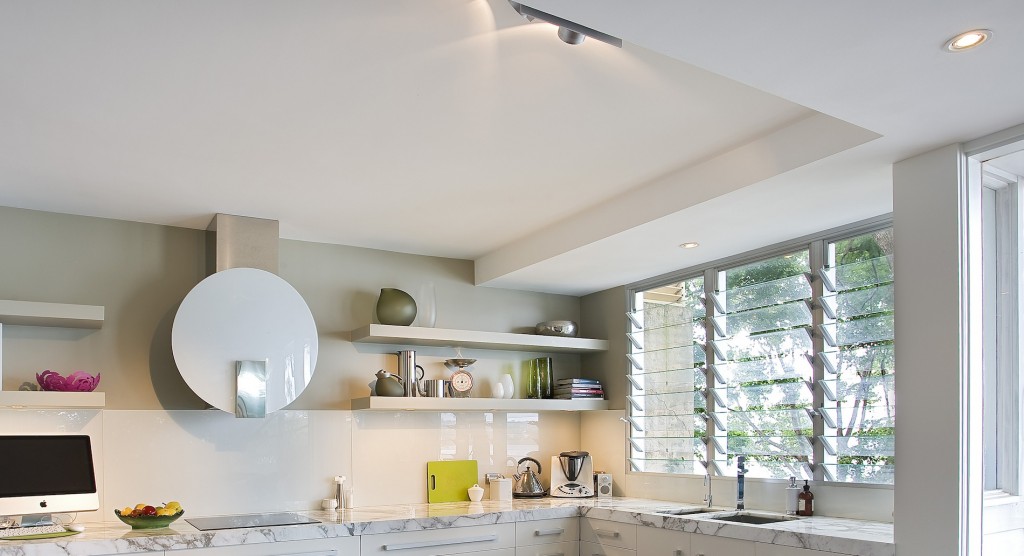
In the design above Groth & Sons have employed the following lighting recipe which results in both a practical and ambient quality, and because all lights are dimmable offers great mood lighting in the form of a backdrop to the dining area in the evening. This level of versatility is only possible from the layering of the different lighting types. Note all lamps fitted with Cool White bulbs.
- Natural: installation of louvered panels which also offer great cross ventilation to the space.
- Indirect: the polished stone bench top and glass slash backs bounce both natural and artificial light throughout the room.
- General: in the form of low voltage halogen down lights.
- Task: LED recessed down lights in floating shelves above bench top and range hood.
- Feature: the range hood.
- Accent: bulkhead mounted halogen spots.
As discussed in Lighting Design – Part One the range of lamps and luminaires is extensive and the way in which we can use them is equally as wide-ranging, but with a bit of knowledge of the elements and principles and consideration to your requirements, the task is far less intimidating.
Amos Groth is the principal of interior design firm Groth & Sons based in Sydney. For more advice please contact Groth & Sons on 0419 408 988.
